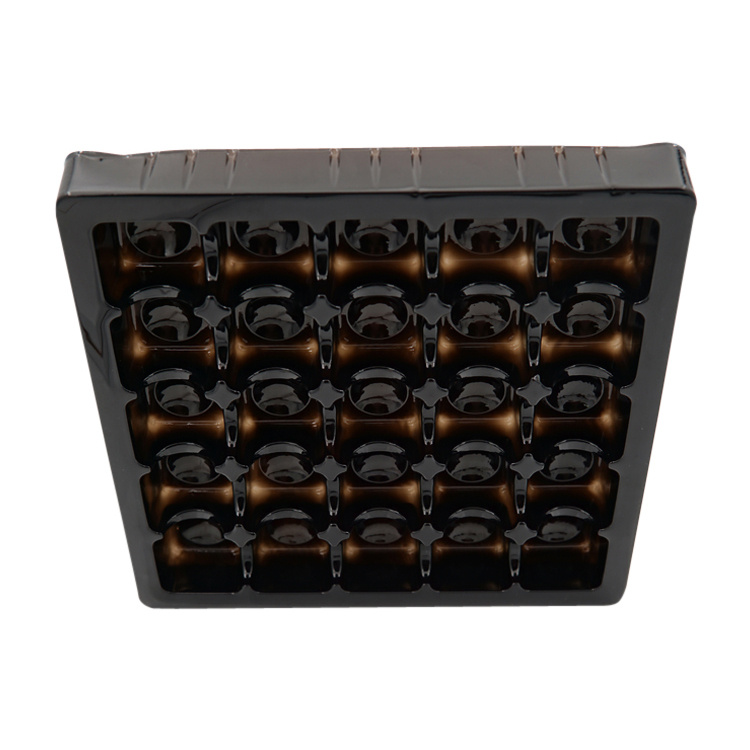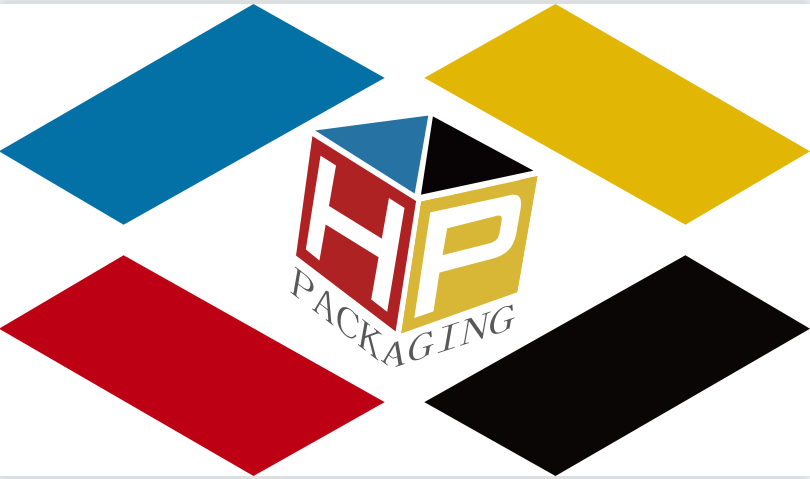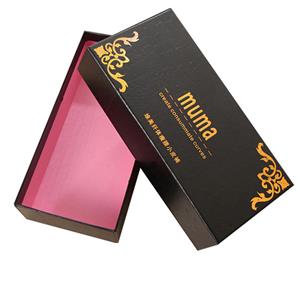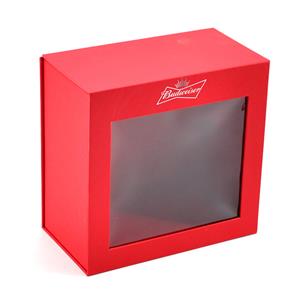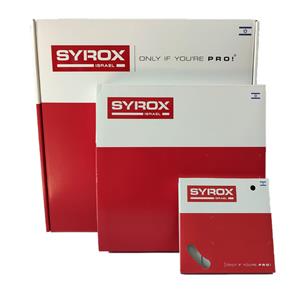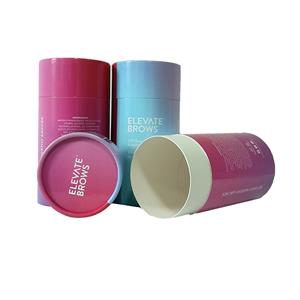Plastic Packaging
Plastic Packaging
Plastics according to its own performance can be divided into: can repeatedly melt forming processing and basic can maintain its characteristics of thermoplastic and can only be a melt forming thermosetting plastics two categories. According to their uses, they can be divided into general plastics with wide use, low price and good comprehensive performance, such as PE,PP,PVC,PS, and amine plastics have good physical and mechanical strength, and may replace metal in engineering machinery engineering plastics such as ABS, nylon, polyester,POM,TPX-1, etc. And in a performance has a particularly good class of engineering plastics, such as: has a particularly good radiation resistance, high temperature resistance and other special plastics, such as: polysulfone, liquid crystal polymer, etc. Thermoplastics can be divided into amorphous polymer and crystalline polymer according to the size of molecular crystallization of thermoplastic resin.
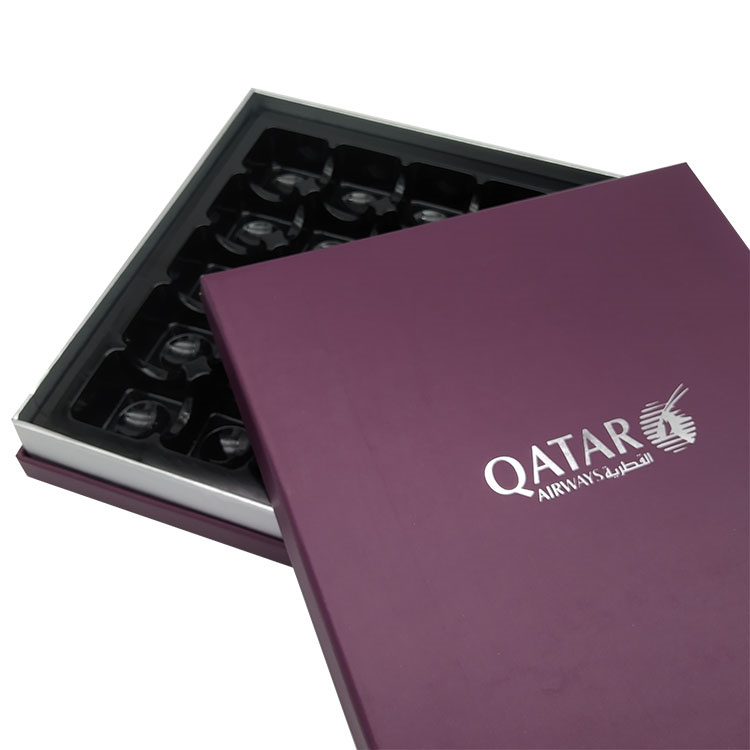
The main characteristics of plastics are:
First, the density is small, the specific strength is high, you can get a higher packaging yield, that is, "unit mass packaging volume or package area size.
Second, most plastics have good chemical resistance, good acid resistance, alkali resistance, resistance to all kinds of organic solvents, long-term placement, no oxidation.
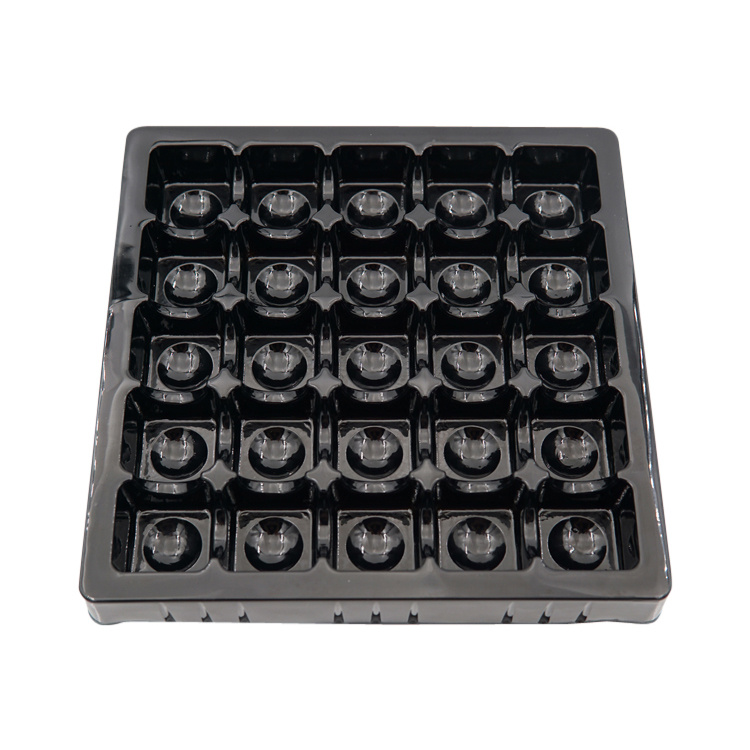
Third, it is easy to form, and the energy consumption of forming is lower than that of metal materials such as steel.
Fourth, it has good transparency and easy coloring.
Fifth, with good strength, high strength performance per unit weight, impact resistance, easy modification.
25% of the synthesis is used in the packaging industry. For this reason, it is an important sector in the plastic packaging industry. Plastic packaging is one of the four major materials in the packaging industry: paper and board 30%, plastic 25%, metal 25% and glass 15%. The above two 25% fully illustrate the importance of the plastic packaging industry. Although plastic packaging industry is the second packaging material, in fact, the surface is not as good as paper and cardboard packaging. But plastic packaging industry isdeveloping at a rate of 5% per year, while other packaging materials such as paper andpaperboard, metal, glass, thetheodage, etc. only grow at a rate of 2%. As a result, plastic packaging industry will oneday surpass paper andpaperboard as thefirst packaging material.
In terms of packaging containers, glass bottles followed by paper composite cans and then PET bottles were the original containers for beverage packaging. Now rigid PET bottles have become the largest packaging materials for carbonated and non-carbonated beverages, accounting for 26.5% of beverage packaging containers in the United States in 1991, while glass bottles have decreased from 28.9% in 1981 to 19.5%. Aluminum cans account for 39 percent. And plastic bottles are growing at a rapid rate of more than 3% a year. To be sure, even in countries where the plastic packaging industry is most reviled. Plastics will continue to develop at a much faster rate than other packaging materials, because many of the characteristics of plastic can not be replaced by any other packaging materials. The plastic packaging industry has occupied the sales packaging field at the same time, has developed to transport packaging, will eventually force the metal is still mainly "transport packaging", to replace with plastic.
